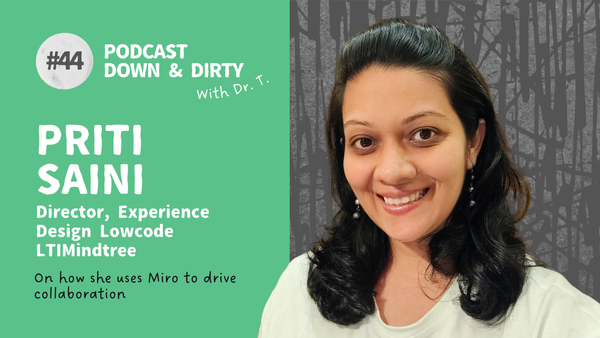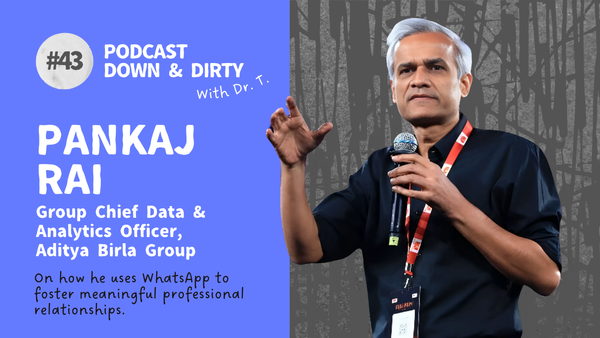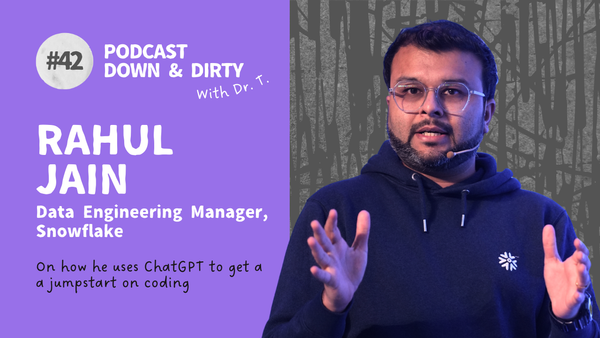✨How do you build an insight statement?
Insight statements effectively communicate research highlights, revealing user behaviours and unmet needs. Generating insights necessitates a deep grasp and objective observation free of biases.

Written by: Yeshaswini Parime
Insight statements help us to create solutions that truly resonate with users. Navigating these revelations has been both an art and a science for me, with each revelation creating anticipation for what comes next.
Why do they matter? They are more than just words on paper; they serve as the foundation for genuine transformation. They effectively communicate research highlights, revealing user behaviours and unmet needs. Generating insights necessitates a deep grasp and objective observation free of biases. To develop insights, extract findings, summarise important themes, do research validation, iteratively refine, and effectively communicate with stakeholders. Mastering insightful statements helps to create user-centred solutions with a significant impact.
Insight statements are important to arrive at our “how might we” statements and shape up our personas but extracting them out of the key themes or derivations can sometimes feel tricky and overwhelming.
What often helps me is a quick refresher to remind myself what they are, why are they important and how to unearth them.
Before we take a deep dive into how to write an insight statement, let's take a step back to understand why insight statements are important and why generating them is a skill. Insight statements efficiently articulate the highlights or voluble leanings that emerge from the research. They inform and inspire, a good insight reveals phenomena, patterns of behaviours, common motivations or other such information that point towards a user's unmet needs or towards a solution that resolves them based on which phase of the research process one is in.
They act as the foundational pillars to effectively making a positive change. They are generated through a thorough understanding eliminating any chances of flawed or superficial assumptions influencing the outcomes. generating insights requires one to keenly observe- and keep biases and assumptions away. A wholesome insight should be informed by the content, meanings, culture and behaviours of the user.
Now that we've further explored what insights are, let's take a look into how to generate some:
Step 1: Download your findings and identify your key themes.
💡Protip: Downloading and synthesizing is always fun when you do it with your team.
Step 2: Try to summarize your key themes in one sentence. The focus should be on presenting the crux or the core insight statement.
💡And this is where I highly recommend IDEO's insight checklist worksheet
Step 3: Validate your insights through further research or testing. It's essential to ensure that your insights accurately reflect the user's needs and behaviours. This can involve conducting additional interviews, surveys, or usability tests to confirm your findings.
Step 4: Refine and iterate on your insight statements. Don't be afraid to revisit and revise your statements as you gain more understanding or uncover new information. The goal is to create insightful statements that truly capture the essence of the user experience.
Step 5: Share your insights with stakeholders and team members. Effective communication of insights is crucial for driving decision-making and informing product development strategies. Present your insights clearly and compellingly, emphasizing the implications for design and innovation.
By following these steps and honing your skills in generating insightful statements, you can contribute significantly to creating user-centred solutions that meet real-world needs and drive meaningful impact.
Cover photo by: Deezy



